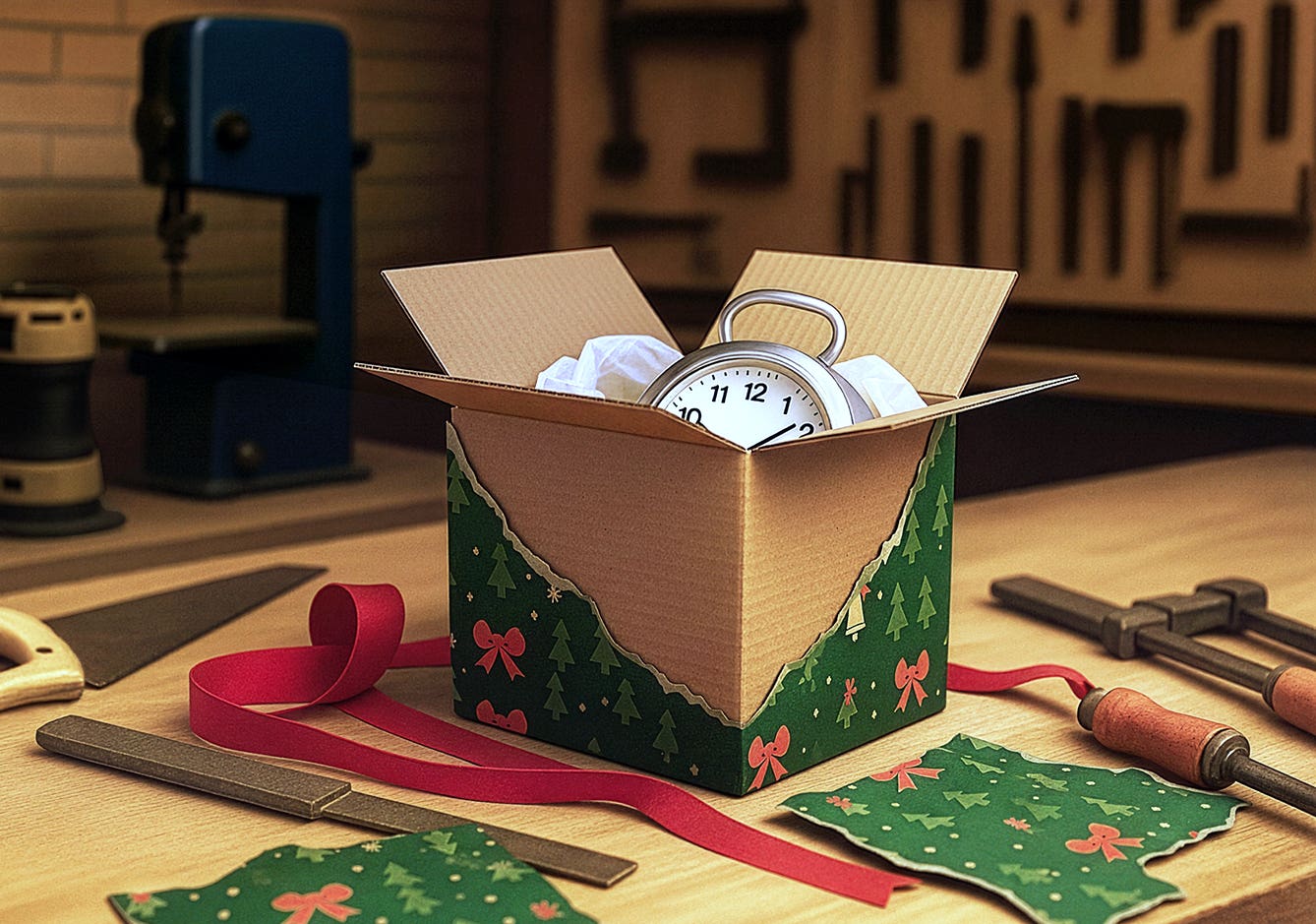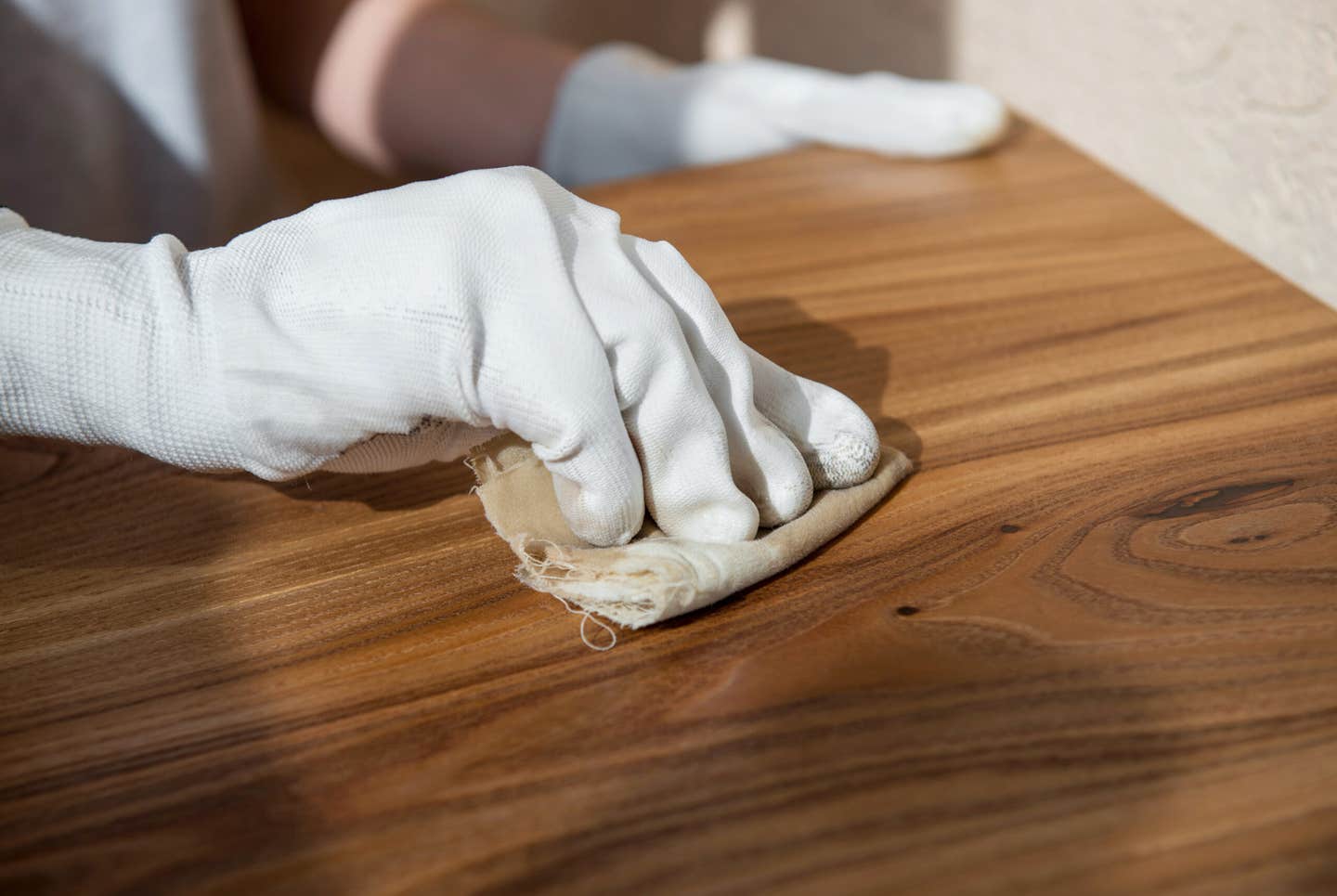From offcuts and scraps
Most woodshop processes and techniques are straightforward and utilitarian. But some are so downright cool that the effects they produce border on outright magic.
Most woodshop processes and techniques are straightforward and utilitarian. But some are so downright cool that the effects they produce border on outright magic.
Of all the ways to work wood and all the possible results, nothing fascinates me as much as resawing. It can double the amount of stock you have on hand with minimal waste and produce thinner boards from thick ones without touching a planer. And then, there’s the book-matching resawing yields. A lot of times the book-matching is subtle, with the mirrored grain appearing almost natural. And other times, there’s this:
For a walnut box I’m making, I wanted a contrasting piece of stock to use for a lid panel. Looking through my hoard of special stuff, I found a leftover bit of spalted maple. This isn’t the first time you’ve seen this piece of wood, by the way. It’s resawn from a 3" scrap leftover from a book-matched pair of boards, in turn, I created by resawing a couple years ago. That scrap was perfect for that lid panel I wanted.
The fact that resawing can turn out such incredibly artistic workpieces is amazing, and until you run your stock through a band saw, you just never know exactly what the appearance will be. But even more remarkable is that the scraps and offcuts of the resawing process can be resawn further, creating magic all over again.
A.J. Hamler is the former editor of Woodshop News and Woodcraft Magazine. He's currently a freelance woodworking writer/editor, which is another way of stating self-employed. When he's not writing or in the shop, he enjoys science fiction, gourmet cooking and Civil War reenacting, but not at the same time.







